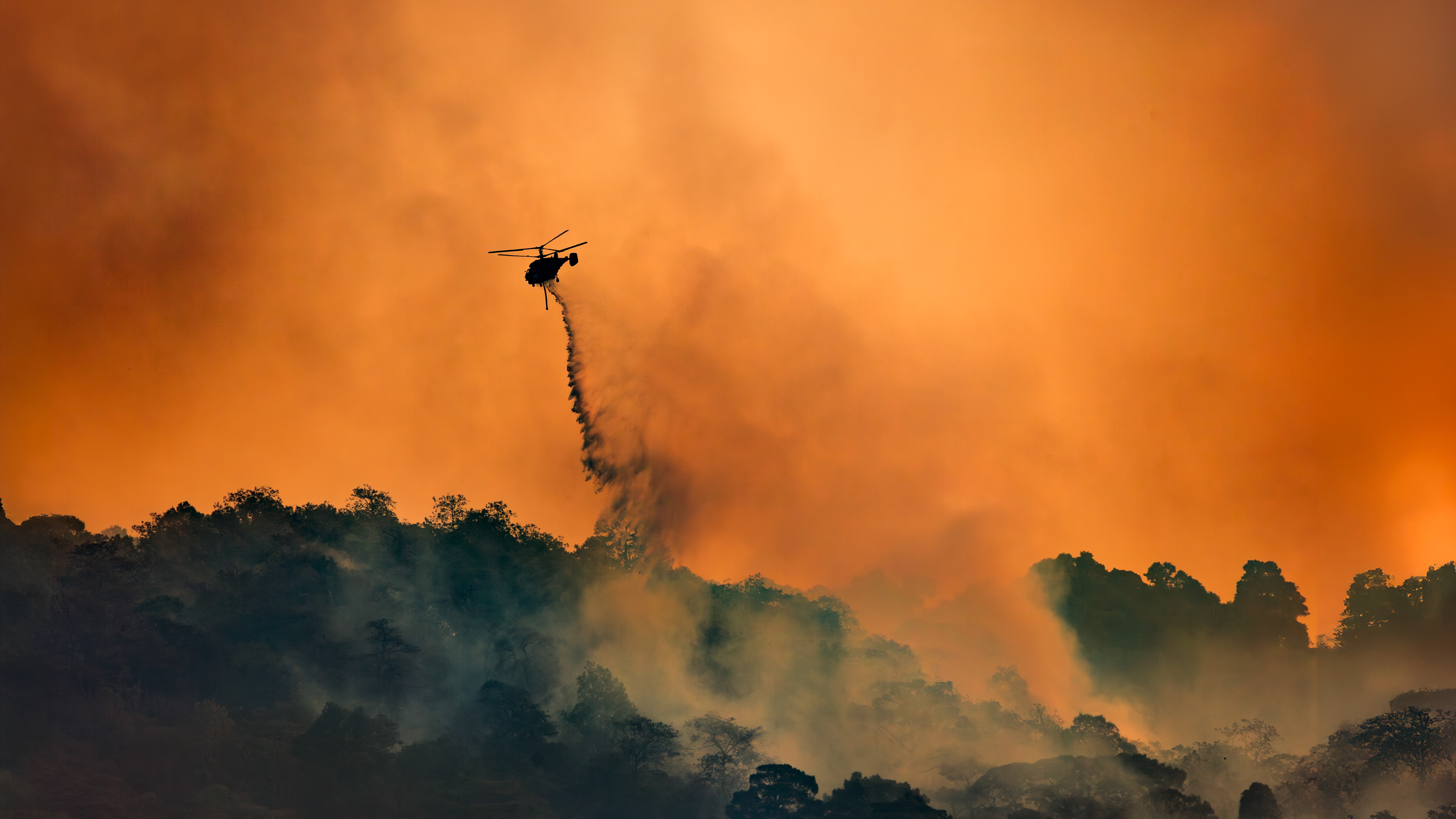New Porn Studies Journal Launches

Interested in current trends in American pornography? How about insights into the culture of pornography or the nature of sexual fantasy?
If so, have we got the journal for you.
Porn Studies, a new journal published by Routledge, launched today (March 21). The journal is the first "dedicated, international, peer-reviewed journal to critically explore those cultural products and services designated as pornographic," according to the editor's first call for papers issued in August 2013.
Porn Studies is open-access for a limited time only, so anyone can read all of the papers in the inaugural issue. Paper titles include, "Psychology and pornography: some reflections" and "Gonzo, trannys, and teens – current trends in U.S. adult content production, distribution and consumption."
For the record, that latter paper by independent scholar Chauntelle Anne Tibbals in Los Angeles, finds that "gonzo" porn, loosely scripted porn in which the actors break the fourth wall to interact with the cameraman or audience, is common today, in part because it is cheap to produce. Parody films, which create X-rated, often goofy versions of popular movies, peaked in 2010 and 2011 and seem less popular today, Tibbals reports. Web-based clips and live-streamed, interactive shows are increasingly popular. The Internet has also enabled the rise of niche porn, which caters to particular audiences. One example, Tibbals writes, is "BBW," or "big beautiful women" performers, who are making their way from amateur films into mainstream porn films. [Hot Stuff? 10 Unusual Sexual Fixations]
Exploring such niches is the goal of another paper in the journal's first issue. In that study, Christophe Prieur, a professor at Paris Diderot University, and colleagues lay out a road map for classifying pornography using online "tags," keywords that producers affix to content when they upload it.
"The accumulation of categories does not separate fantasies from each other, but permits flow from one fantasy to another and draws thousands of paths corresponding to more and more precise desires," the researchers wrote.
Get the world’s most fascinating discoveries delivered straight to your inbox.
Porn may seem a strange and titillating prospect for research, but it's also a large and influential business. Exact numbers are hard to pin down, but economists estimated in 2002 that the porn business in the San Fernando Valley alone was worth $4 billion, according to a 2012 Los Angeles Times report.
Pornography also plays the role of cultural scapegoat, and is blamed for any number of ills. In 2012, for example, then-presidential candidate Rick Santorum suggested porn causes viewers "profound brain changes." Researchers raised a skeptical eyebrow at that notion, but said evidence for pornography's harms or benefits is still controversial. Even less is known about the effect of pornography stardom on performers, or the characteristics that make people consider a porn career.
Pornography studies are still in their infancy, the editors wrote in their call for papers, and the new journal will focus "on developing knowledge of pornographies past and present, in all their variations and around the world."
Follow Stephanie Pappas on Twitter and Google+. Follow us @livescience, Facebook & Google+. Original article on Live Science.

Stephanie Pappas is a contributing writer for Live Science, covering topics ranging from geoscience to archaeology to the human brain and behavior. She was previously a senior writer for Live Science but is now a freelancer based in Denver, Colorado, and regularly contributes to Scientific American and The Monitor, the monthly magazine of the American Psychological Association. Stephanie received a bachelor's degree in psychology from the University of South Carolina and a graduate certificate in science communication from the University of California, Santa Cruz.
